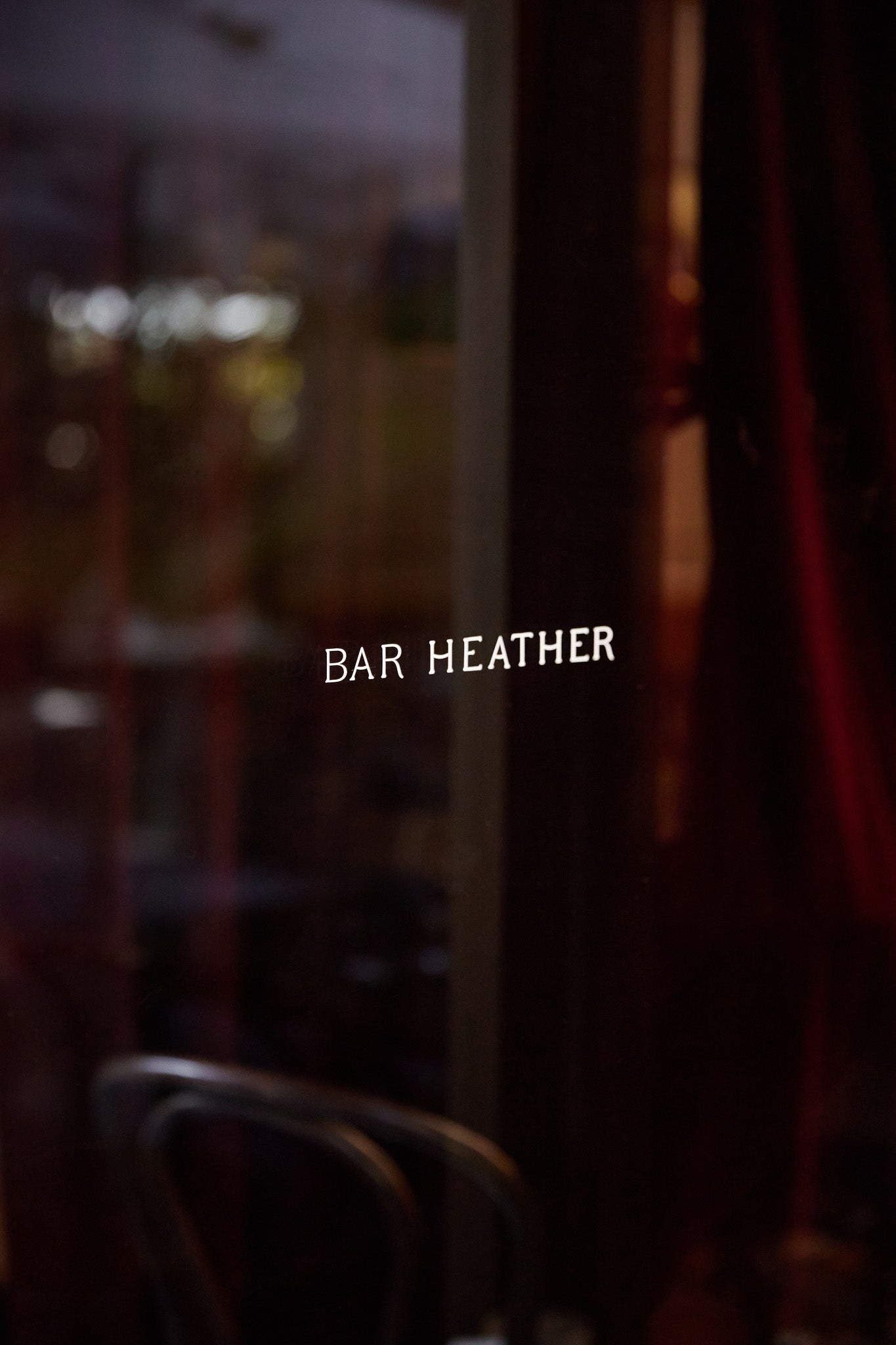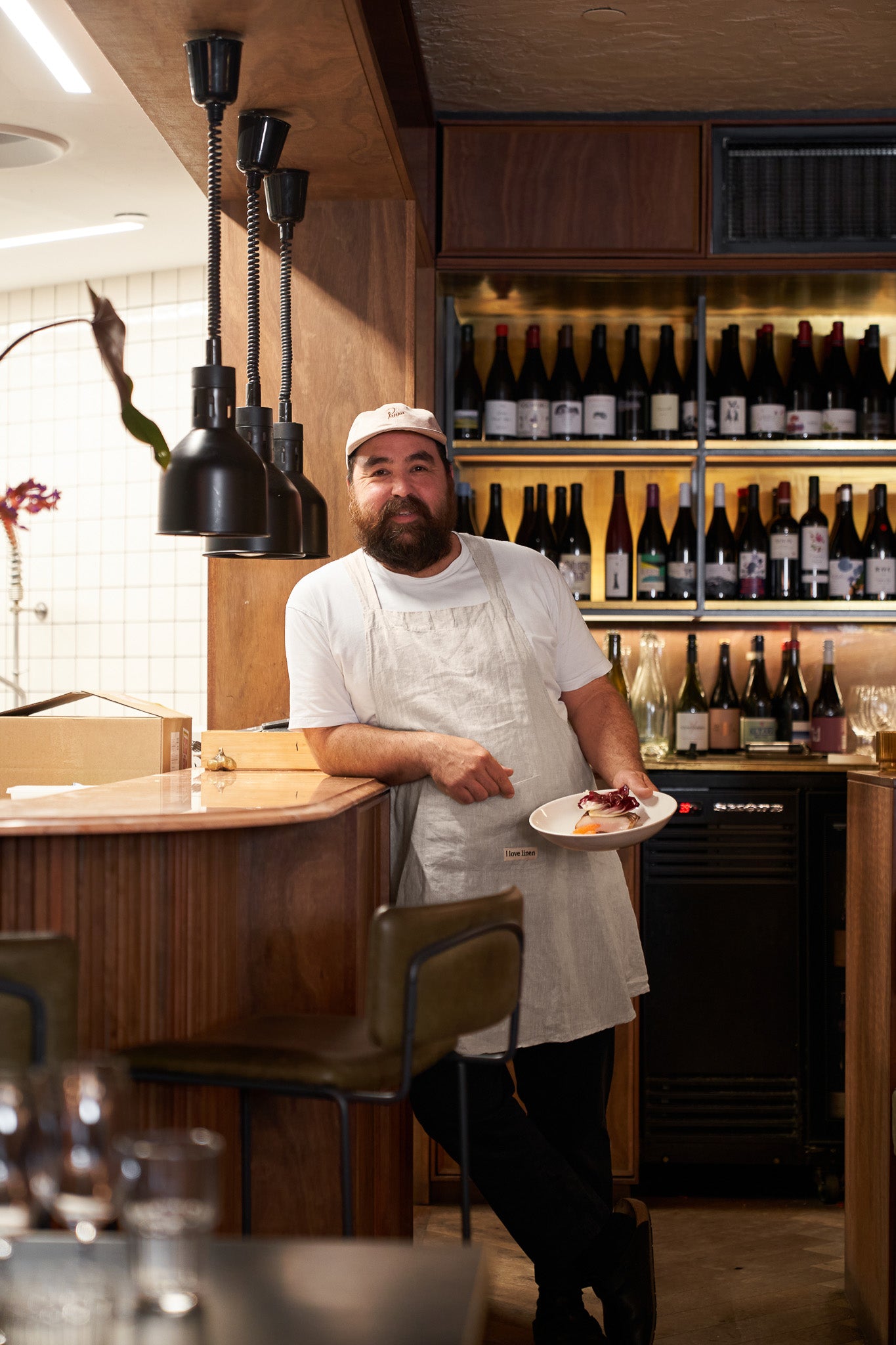
What Bar Heather’s Ollie Wong-Hee Wants Every Young Chef to Know
Posted: 18 June 2025
At Bar Heather in Byron Bay, the food doesn’t follow trends, it follows wine.
With over 700 natural wines on the list, a constantly shifting seasonal menu, and a commitment to celebrating local produce, Head Chef Ollie Wong-Hee brings a thoughtful, intuitive approach to cooking.
From the cut of marble to the cut of fish, Ollie has been part of the Bar Heather story from the ground up. And while no two dishes are ever quite the same, the philosophy remains steady: cook with what’s around you, honour the growers, and let the wine lead the way.
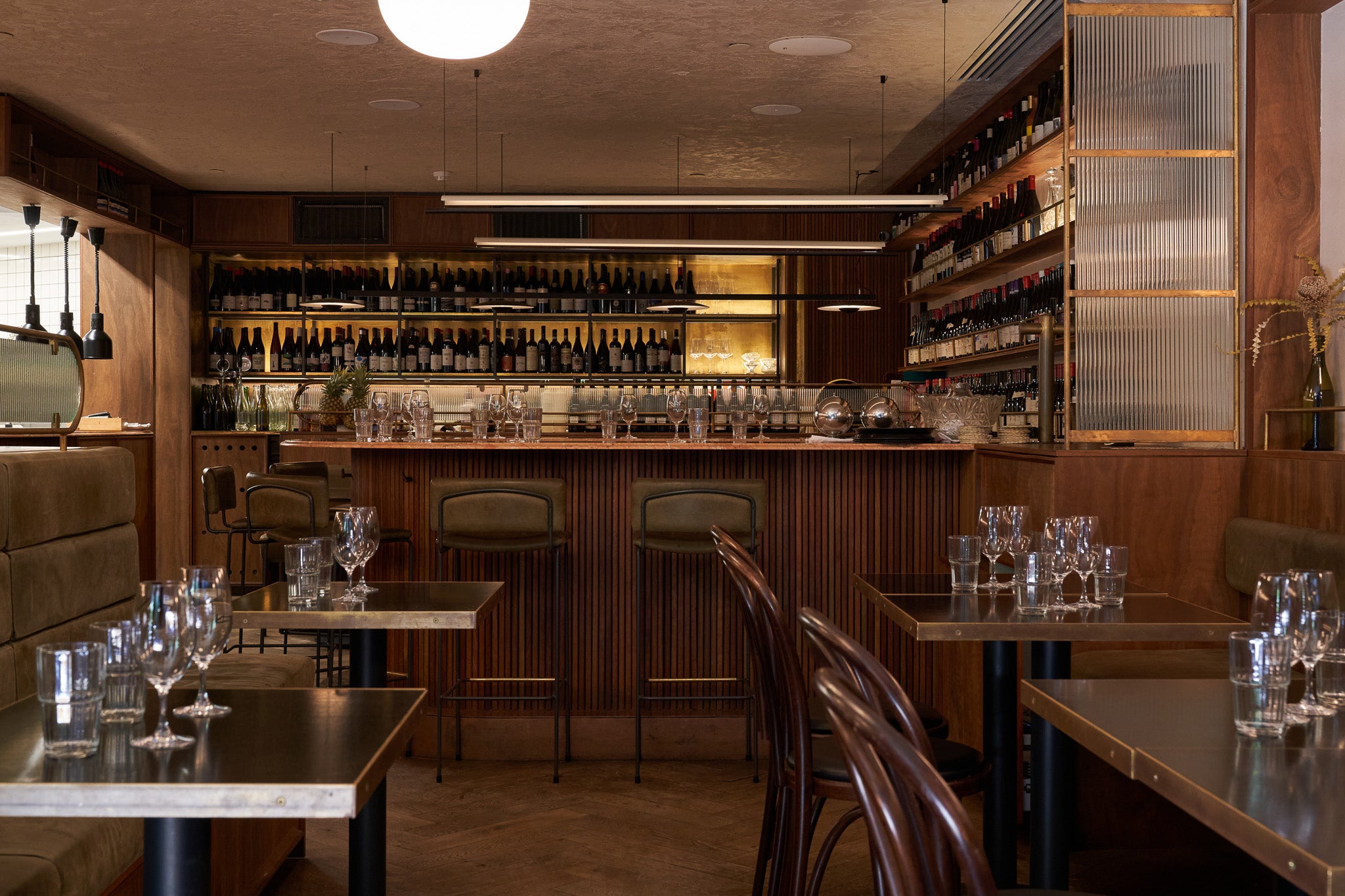
We sat down with Ollie to talk Muscat and charcoal, the quiet pride of building something from scratch, and why mastering knife skills won’t matter if you don’t respect the seasons.
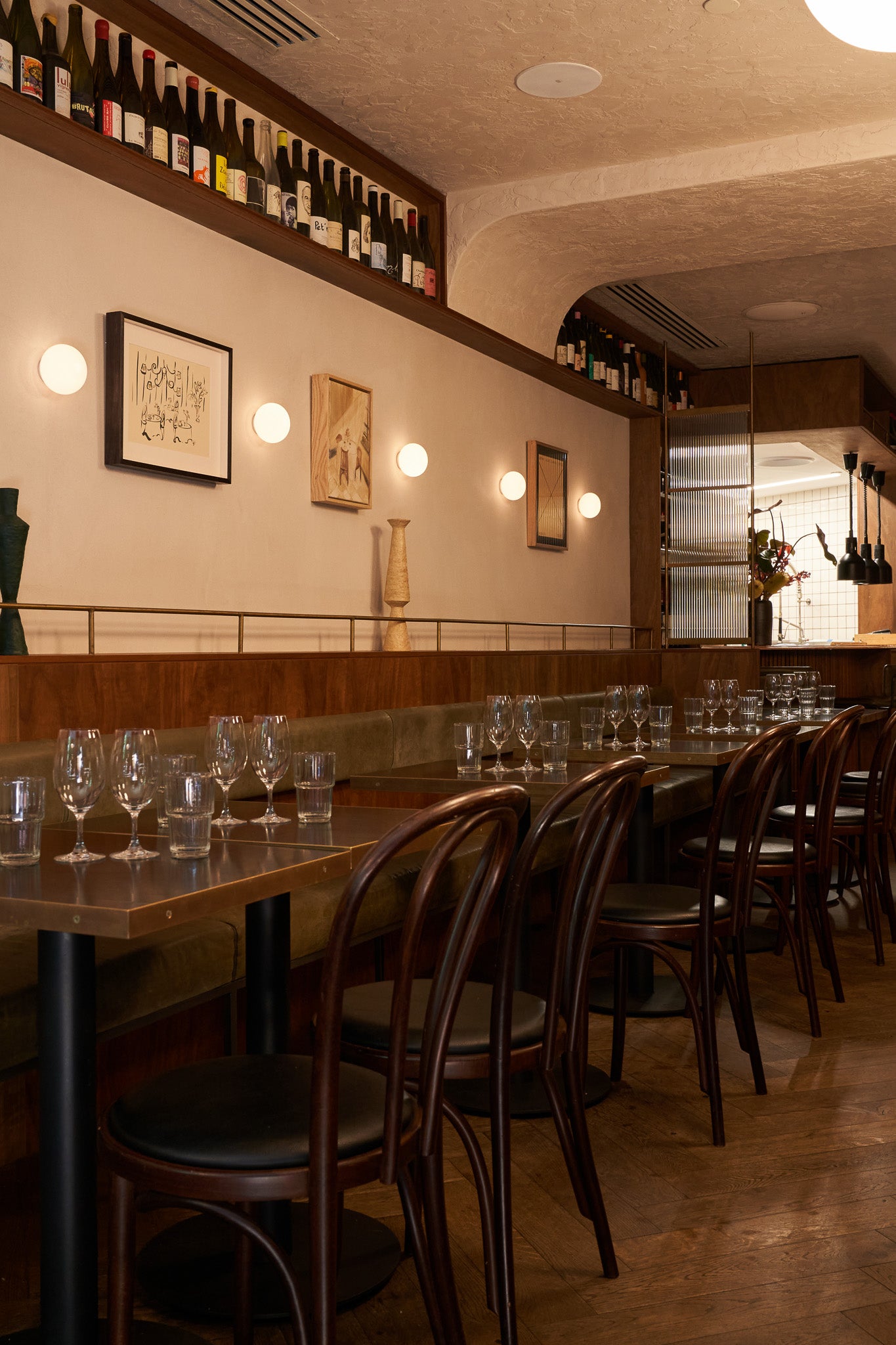
Q: You can only have one wine for the rest of your life. What are you having, and what would you pair it with?
A: One of my favourite wines is by a winemaker called Thomas Lube — his brand is Matassa. My favourite would be the Cuvée Alexandria — any year from 2018 onward is pretty good. It’s very tropical, from the southern part of France, the Languedoc-Roussillon area. The grape is Muscat of Alexandria, and I love Muscat — it’s definitely my favourite.
I’d pair it with barbecued lamb, simple poached potatoes, and a little salad. But it also goes really well with robust Asian flavours — lots of seafood-heavy dishes. There has to be a bit of charcoal or fire to go alongside that glass, for sure.
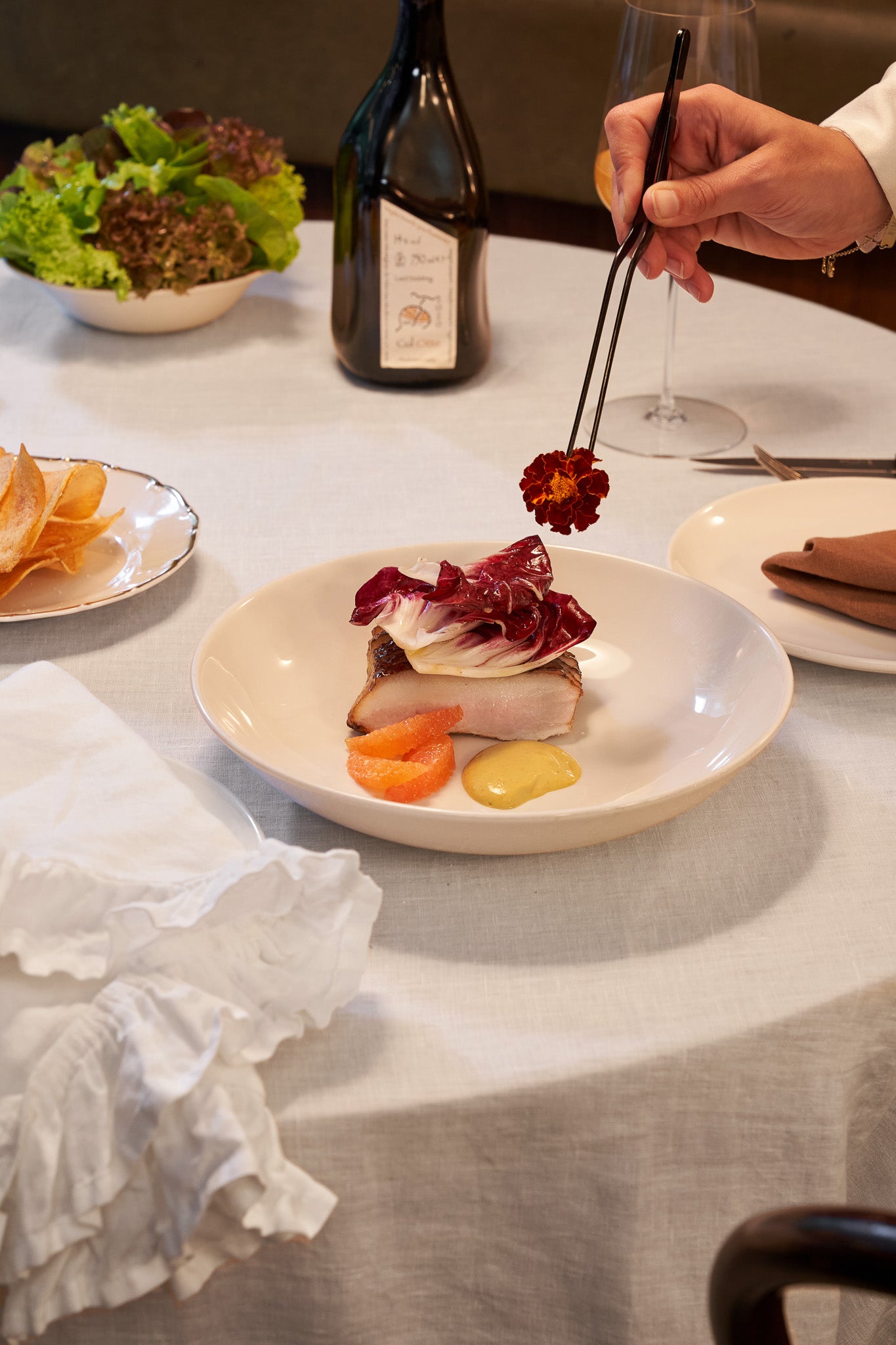
Q: Since becoming head chef at Bar Heather, what’s one story or moment that stands out as really memorable or rewarding for you?
A: Everything kind of blurs into one for me, to be honest. But after working on a project from scratch — from choosing the chairs, to the marble, to the tiles in the kitchen — the first three days of opening would probably be the most memorable. When you’ve been thinking about something for a year and a half, and then it actually happens — that feels pretty rewarding.

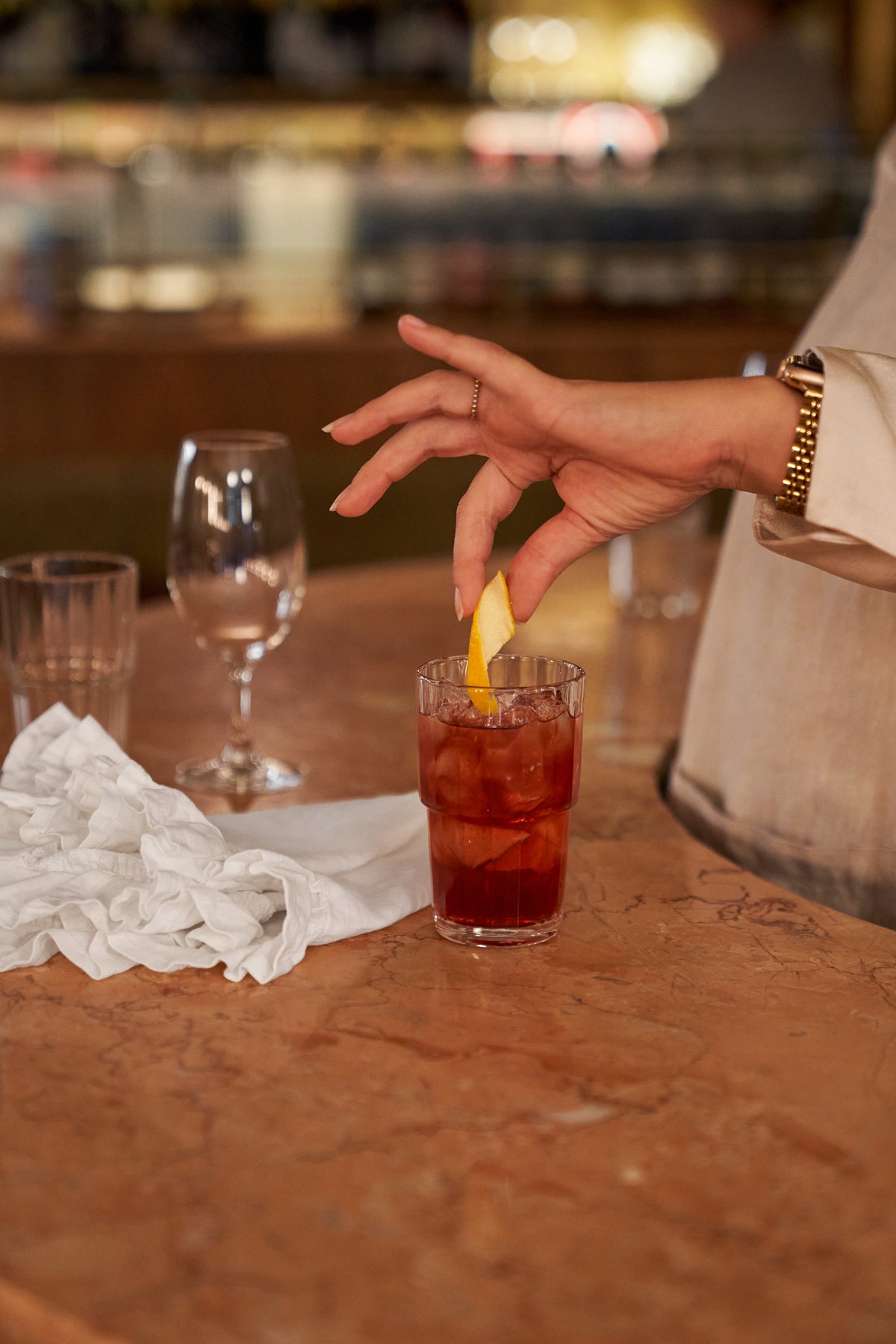
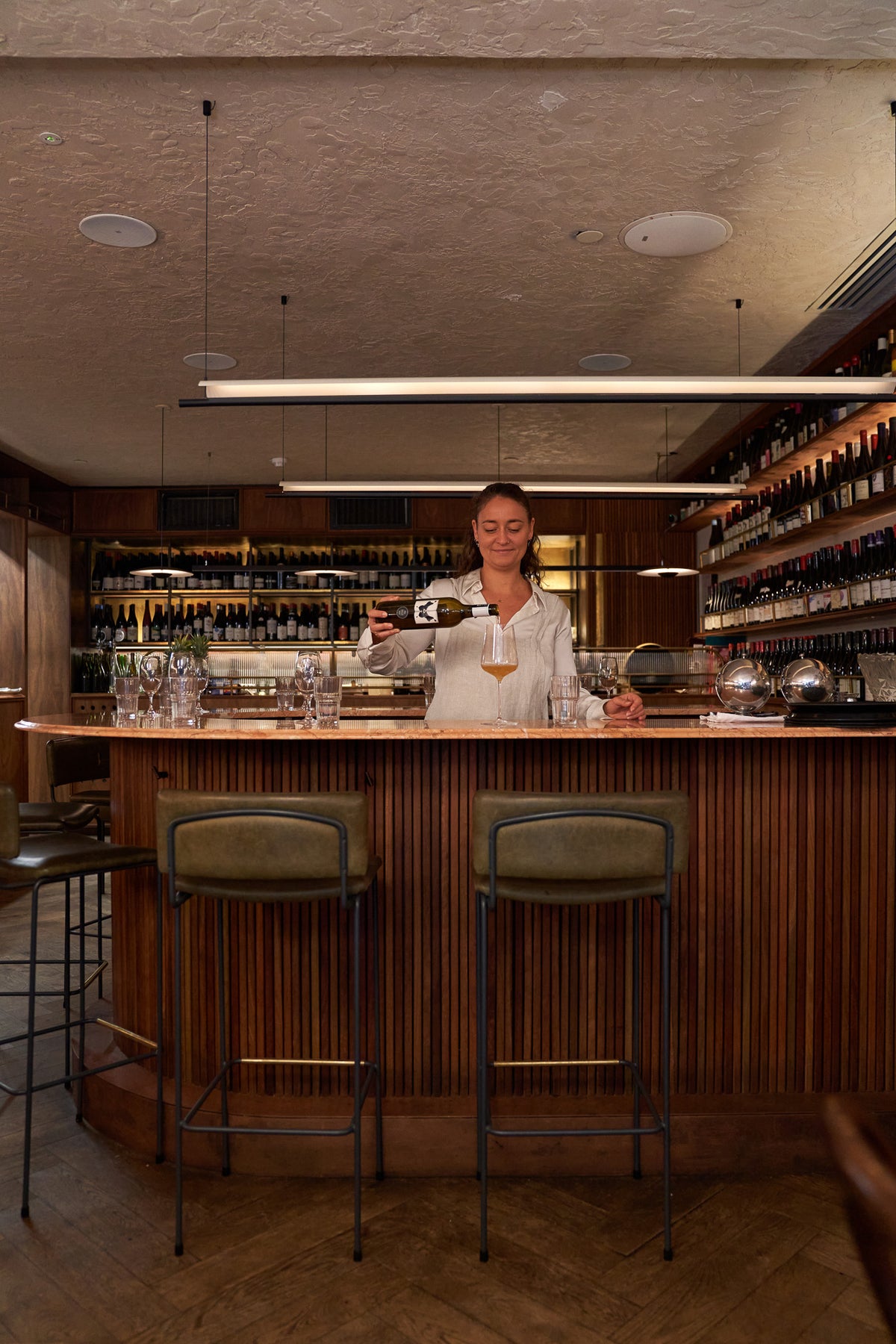
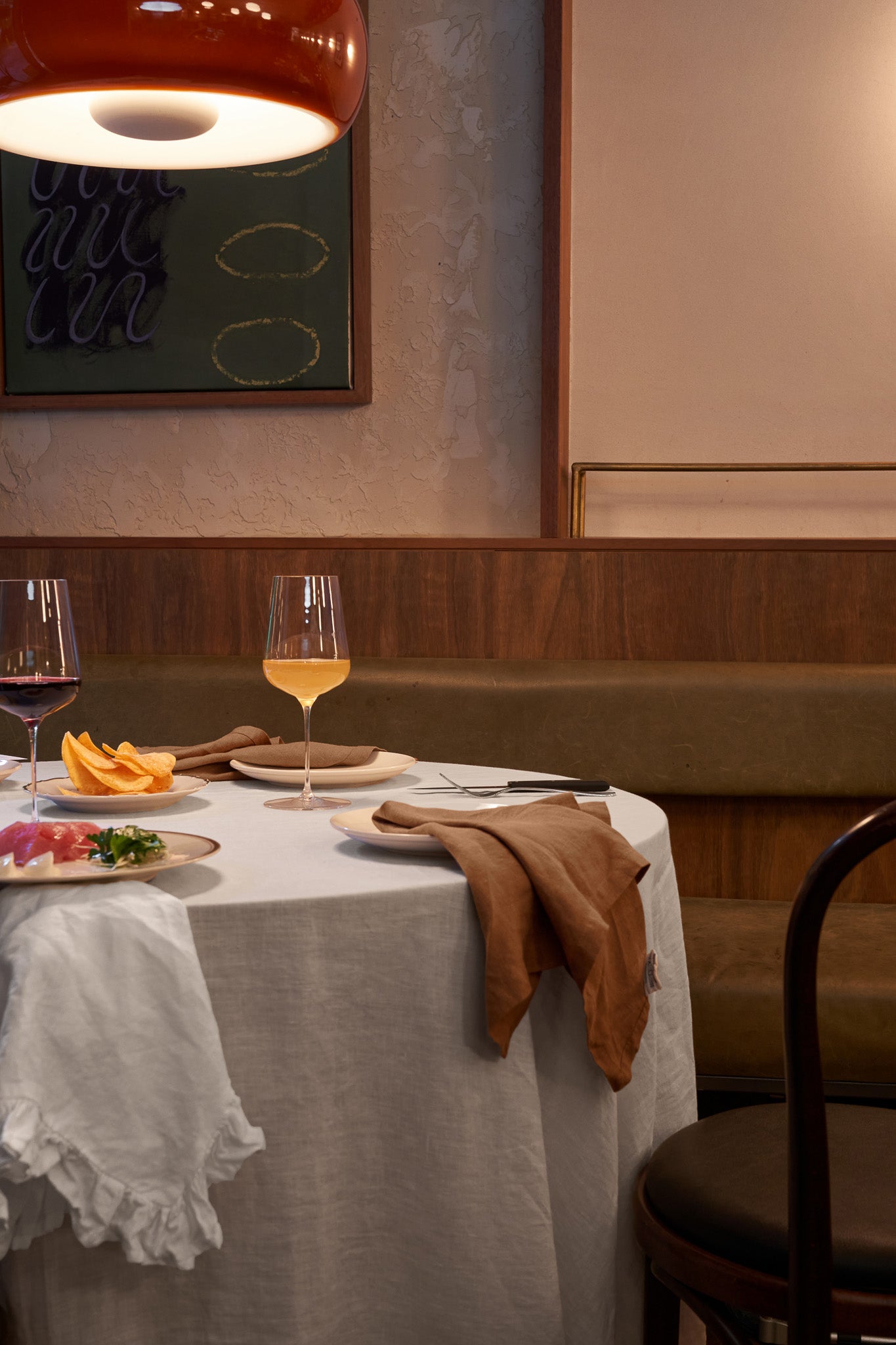
Q: We love your philosophy of wanting to match the food to the wine, rather than the other way around. Could you elaborate on that and how it influences your menu?
A: Things have shifted a bit since we first opened because our wine program now includes over 700 bottles. Managing that is more challenging than we originally expected. Sometimes Nina will bring me a splash of something, and I’ll taste it — I’m always mindful of what would pair well. I keep the wine program in the back of my mind when we create dishes, so it definitely influences what we put on the menu.
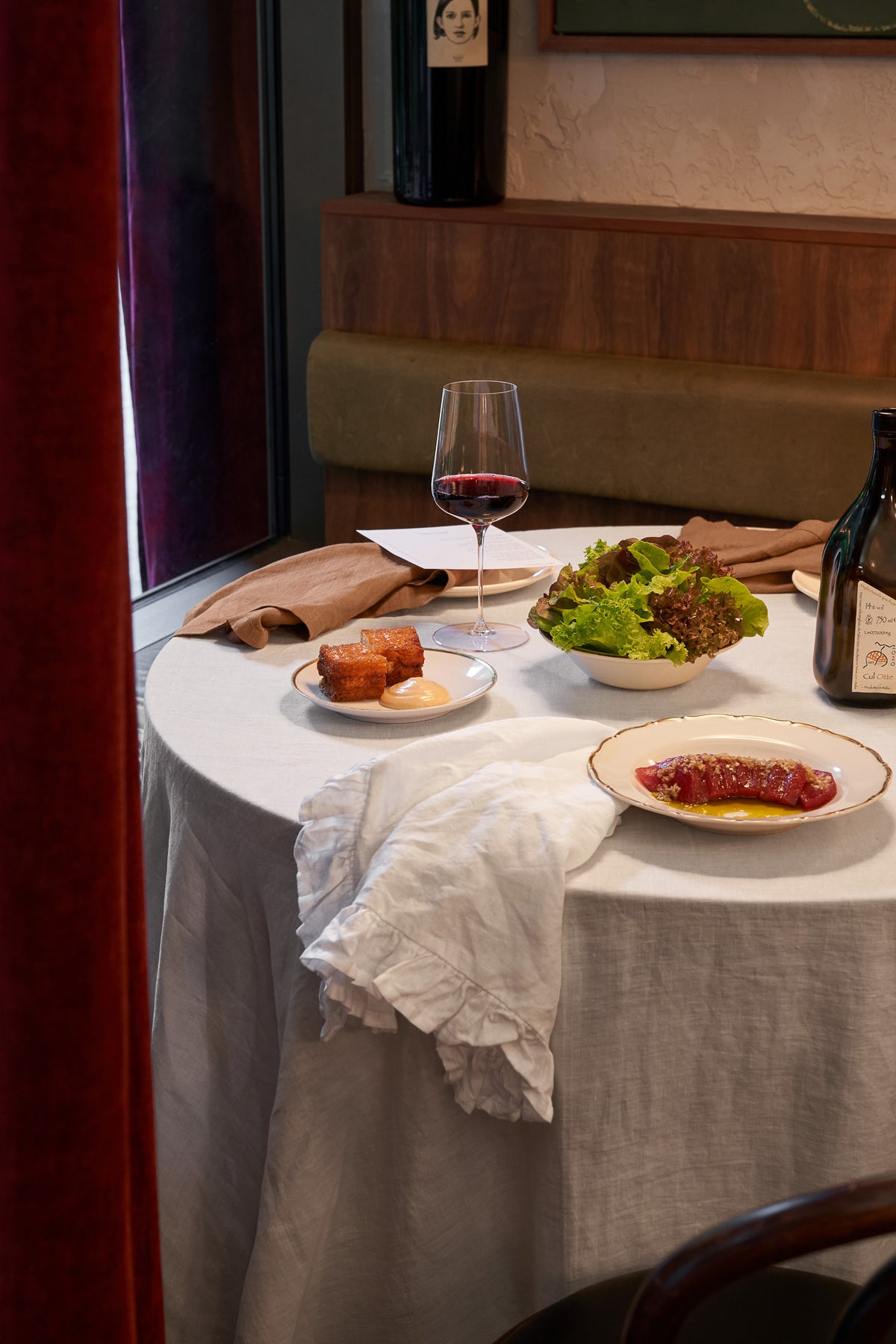
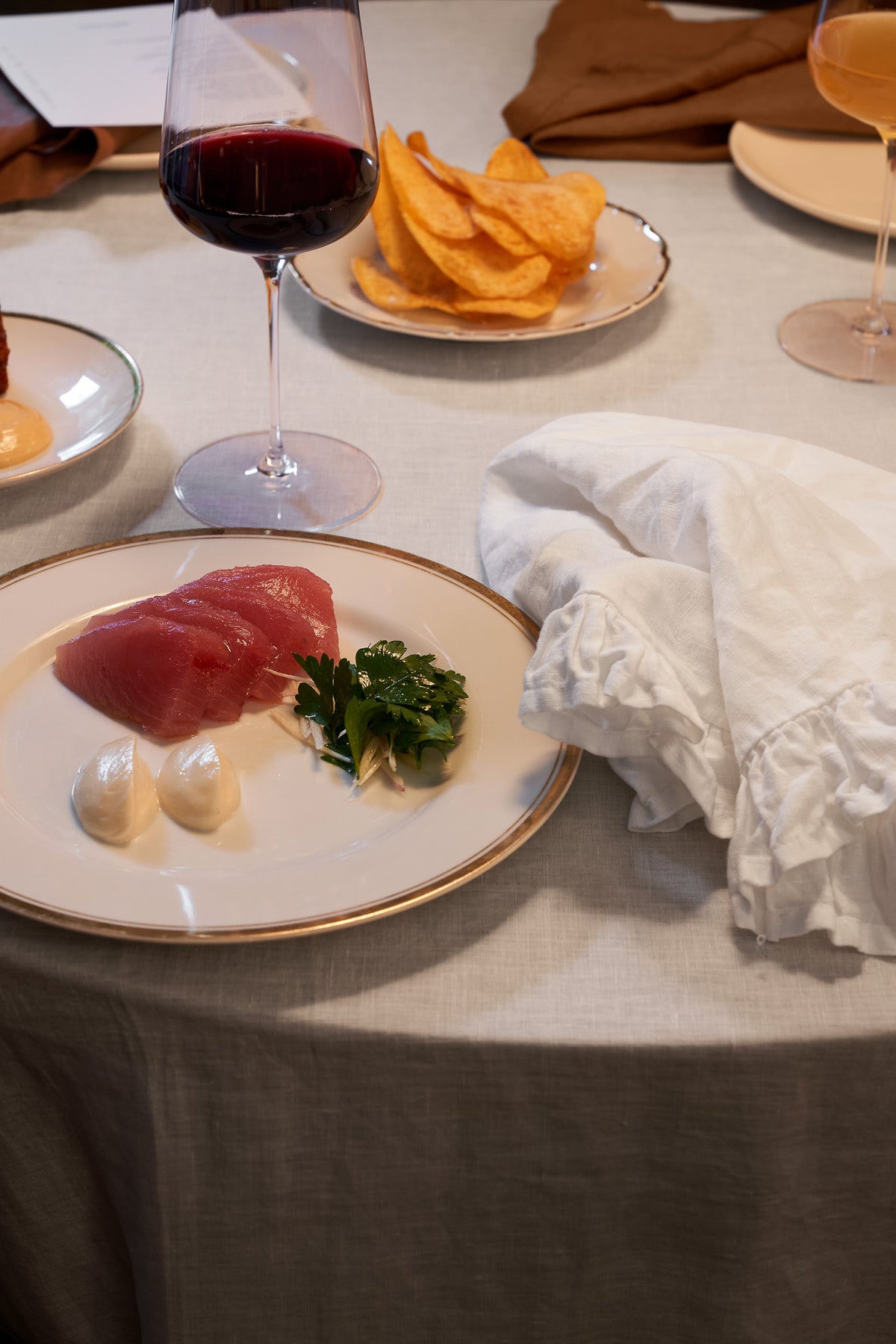
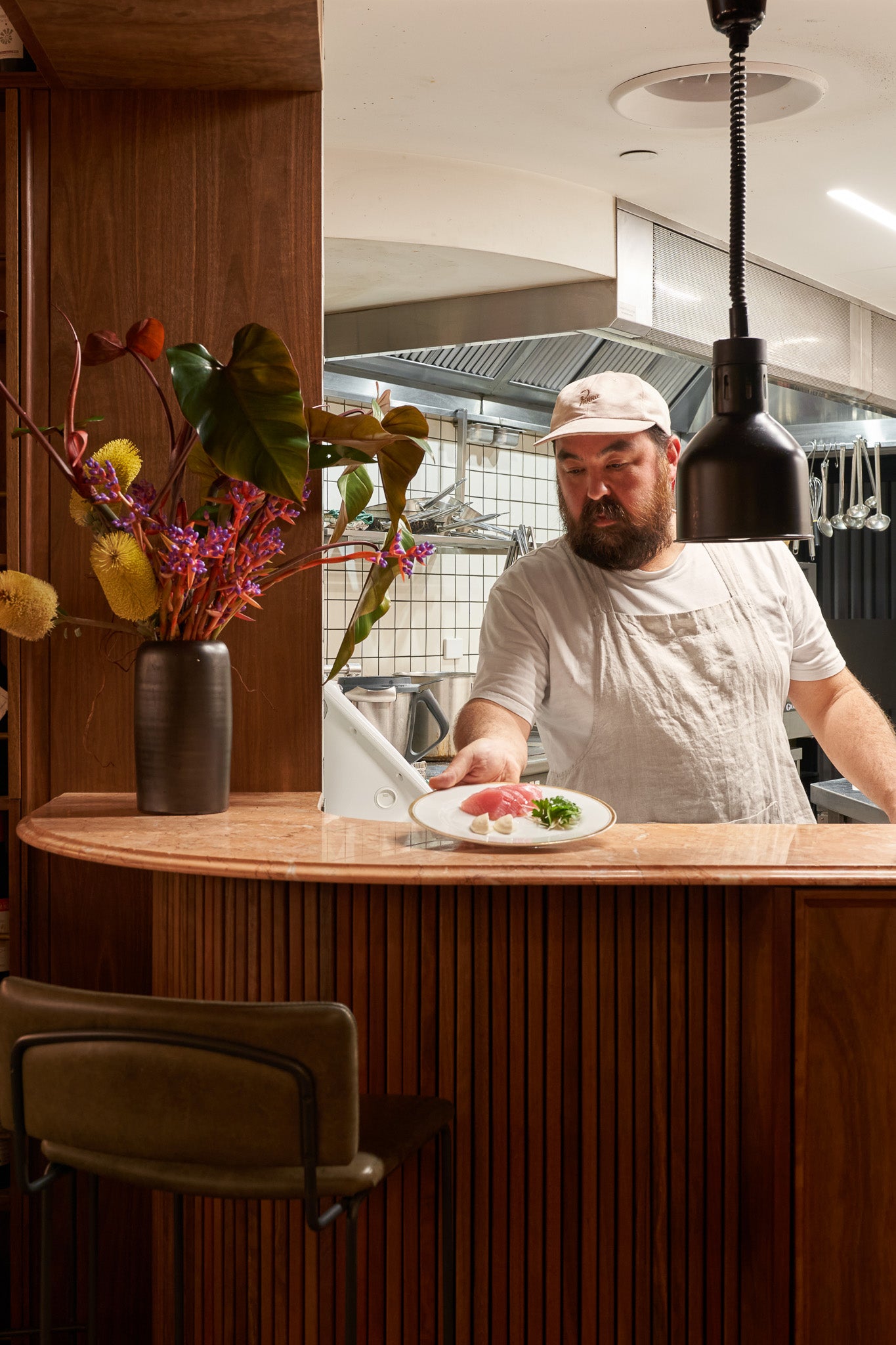
Q: What’s the dish you’re most proud of?
A: We’ve got some staples, but the menu changes as often as we can — and I wish it could change even more often. There’s no single dish I’m most proud of, but I’m proud of the relationships we’ve built with producers. Working closely with farmers and letting their produce dictate how we cook — that’s what I’m really proud of.
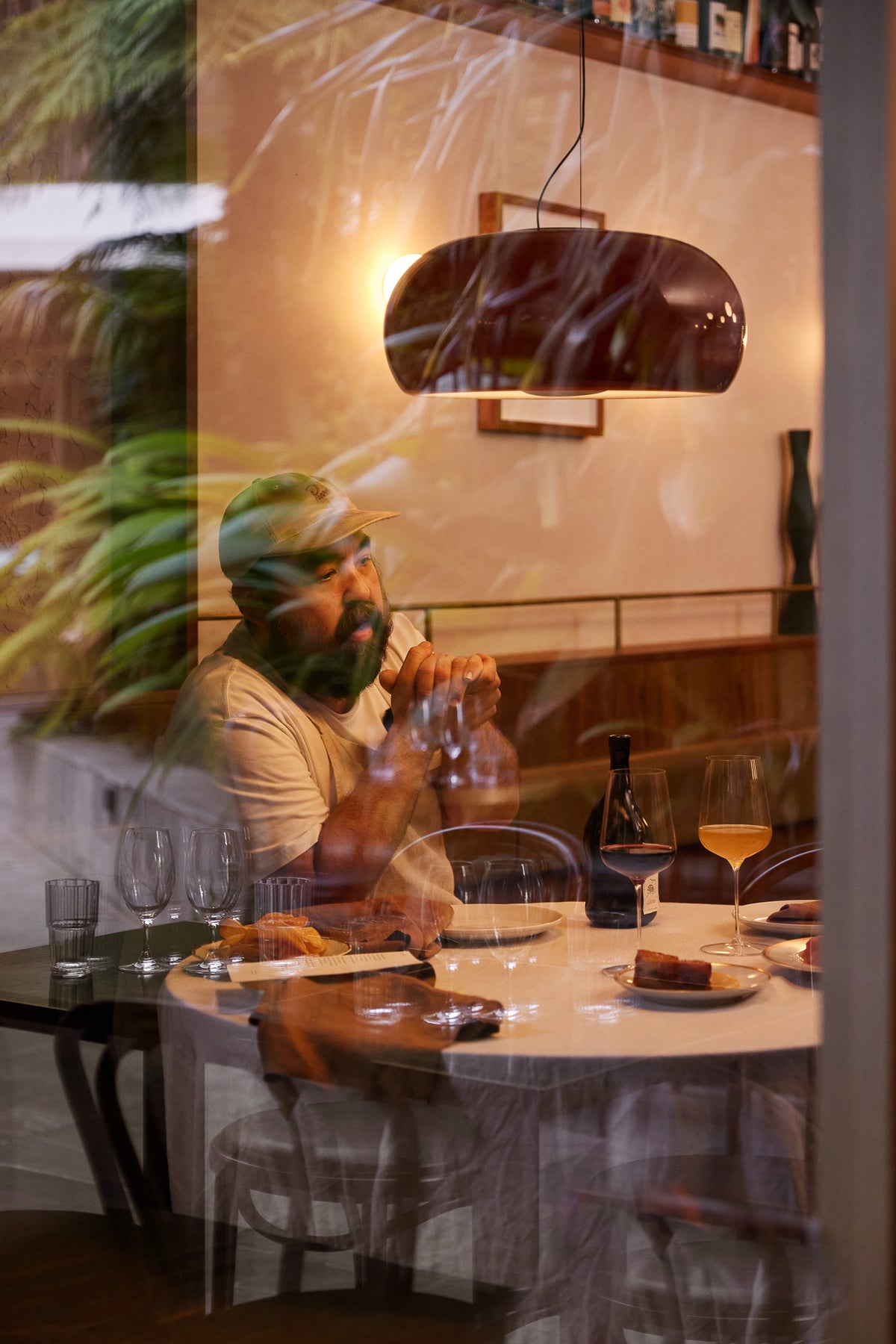
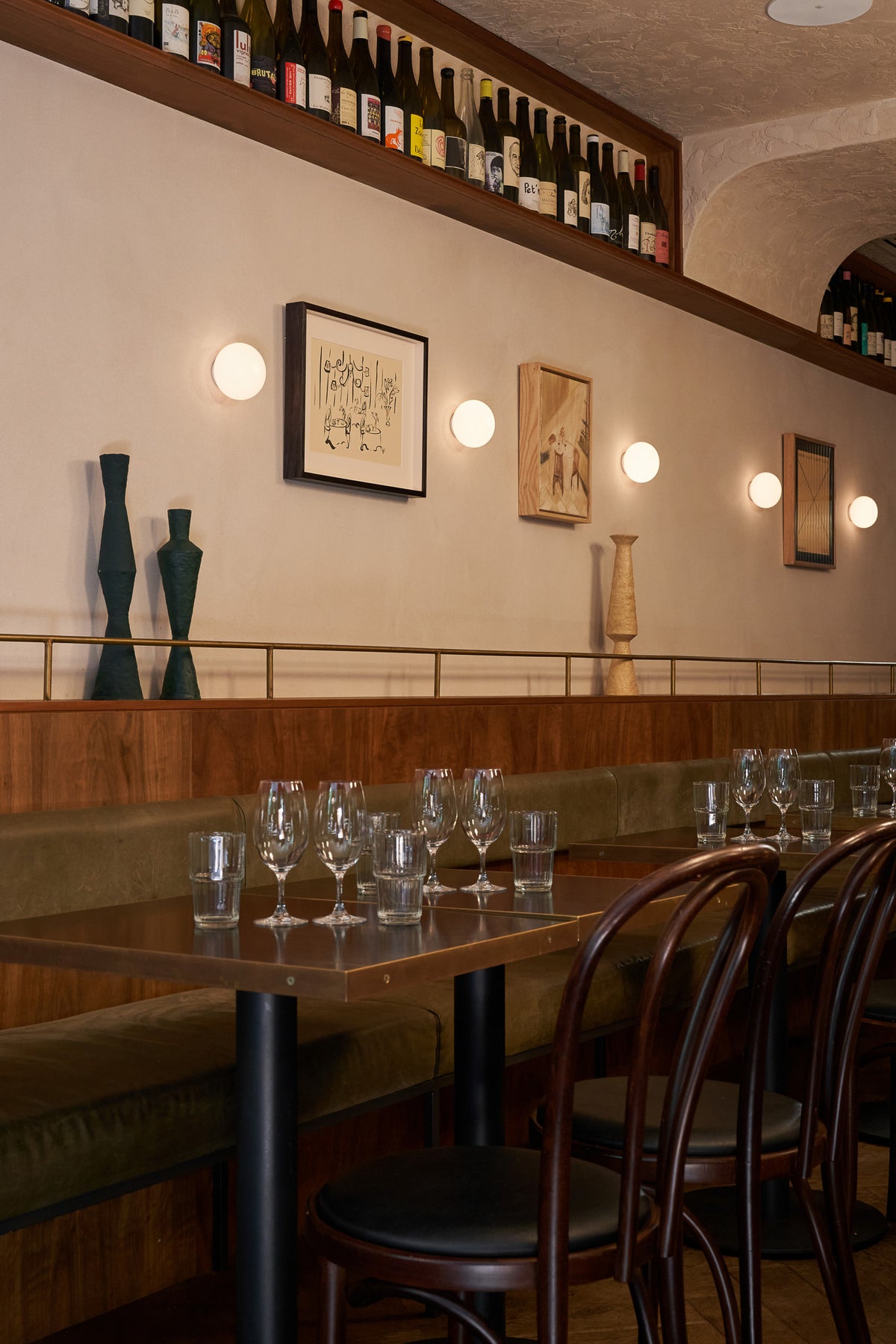
Q: Can you tell us more about the ingredients you use? Are they seasonal or locally sourced?
A: Everything we use is locally sourced. We get oysters from southern New South Wales, beef from near Lismore, and all our vegetables come from within about a 30-kilometre radius. Most of our seafood is from within 200–250 kilometres, north and south.
Seasonality is important to us, though around here, there aren’t really four seasons. According to the Western calendar, there are three. But if you look at the Indigenous calendar, there are 12. We work very seasonally, and we’re strict about that. There are so many amazing producers around here, and we try to use their products as much as possible — it supports their business and gives them exposure too.
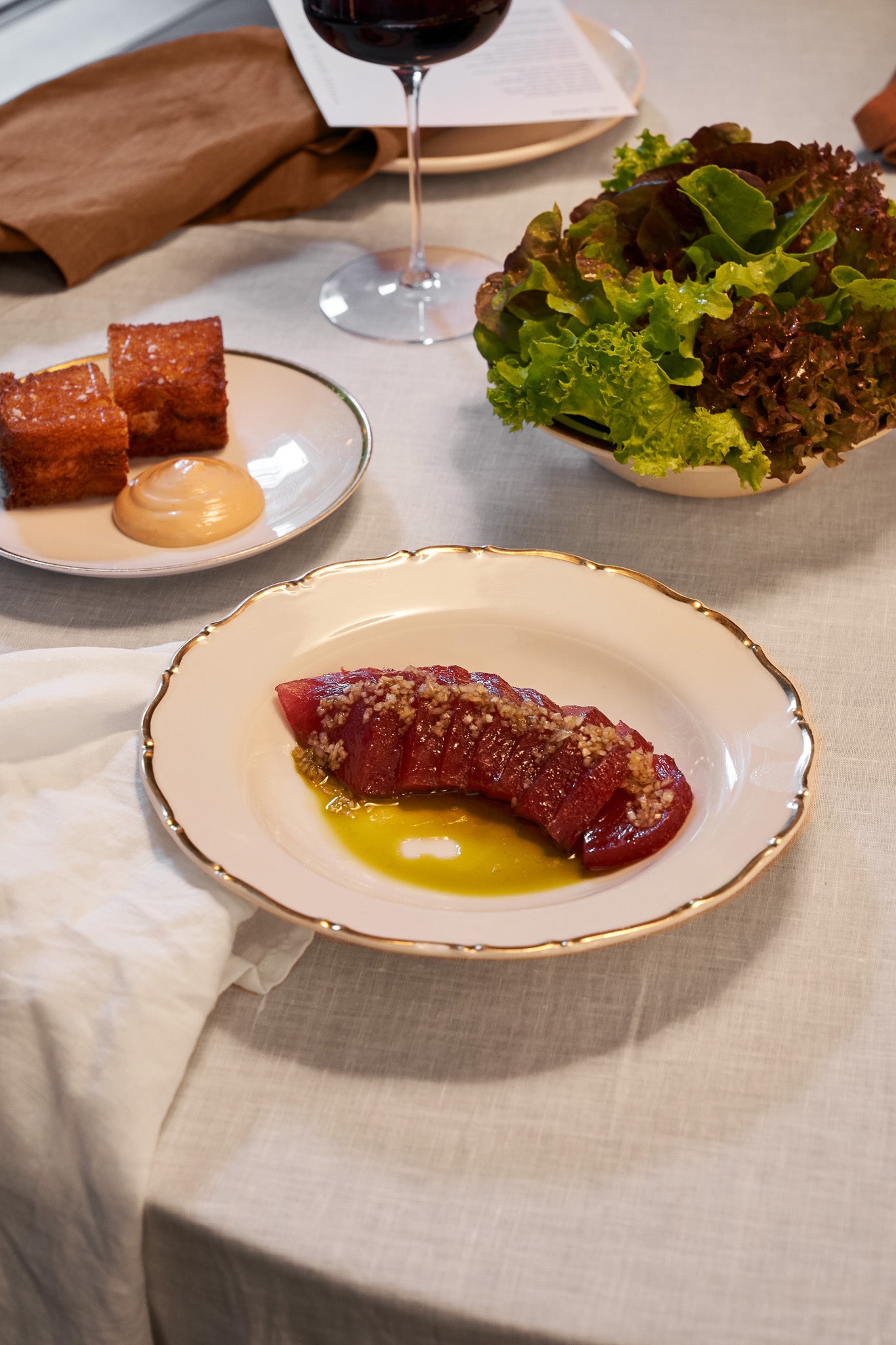
Q: What dish best matches the personality of Bar Heather?
A: That’s a tough one. There’s a cuttlefish dish that’s had a few different iterations over time. It’s been grilled, it’s been sliced thinly — the leaves and vegetables change. But the original sauce came from ingredients I found at a farm in Tyagarah: flowering fennel seed, curry leaf, Kampot pepper — I brought them together into a sauce.
We use cuttlefish from North Stradbroke Island, caught by prawn trawlers, using something that’s often overlooked and bringing it into focus. The dish nods to Asia in its flavour profile, but it's presented in a European way, which feels like us. Not fusion for the sake of it — it just comes together naturally. That dish really represents what we do: local produce, a touch of Asia, presented through a European lens.
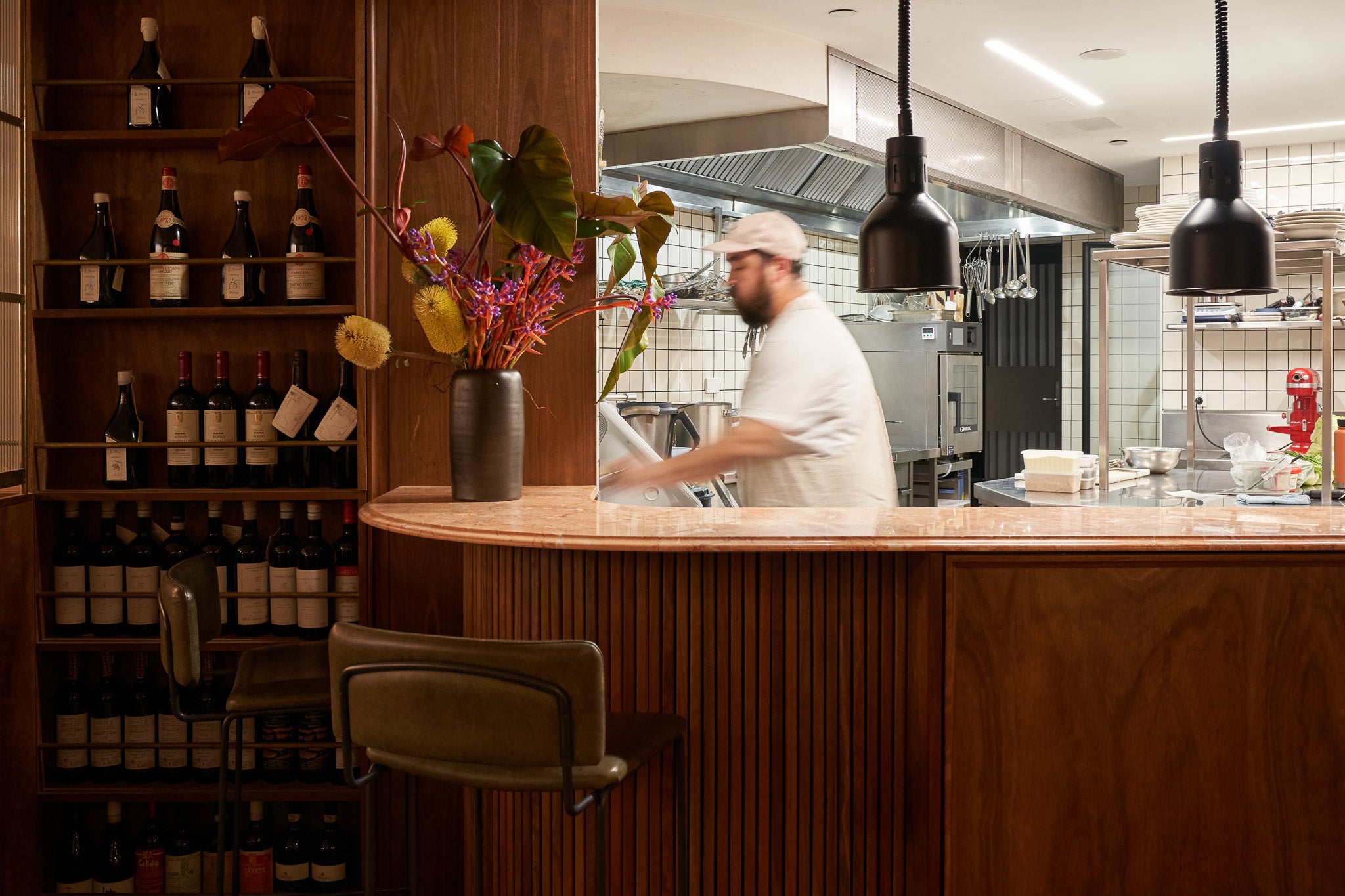
Q: What’s your advice for young chefs who want to make a career out of their passion for food?
A: First, you need to actually have passion, because it’s a gruelling job. You’ve got to walk before you run. Put in the hours. Learn first — a lot of people think they can jump straight to the top, but it's important to understand the basics.
You don’t need to work in toxic environments where you’re getting yelled at, but you do need to learn what’s right, build your own style from your experiences. And more than that — appreciate the produce, the seasonality. That understanding will fuel your creativity more than mastering knife cuts ever will. Cutting a perfect baton is nice, but it’s not how we cook here.
Understand your environment. If you're in a city, it’s more challenging — but wherever you are, work with what’s around you.
For young chefs: learn and work hard. Show up early, care about what you're doing. It’s not easy, and you have to be willing to make sacrifices. If you want to do this for real, you need to apply yourself. That’s it, thank you.
